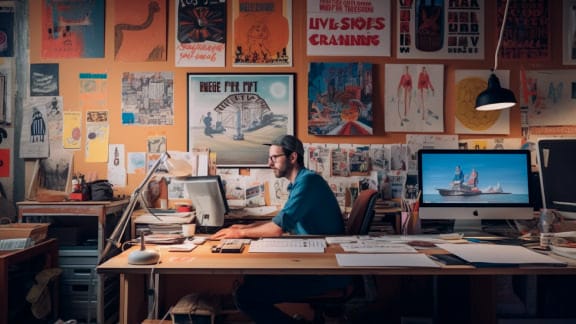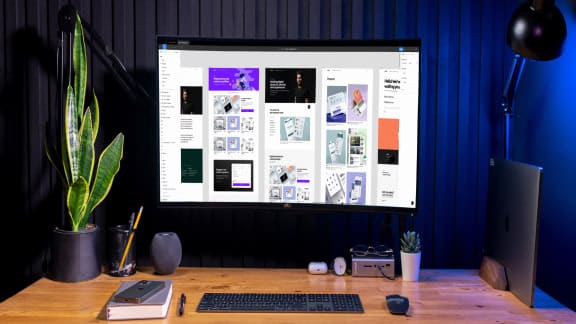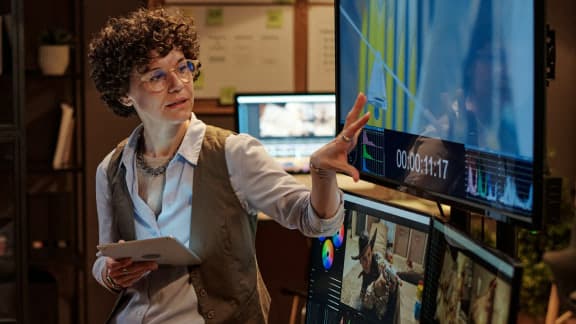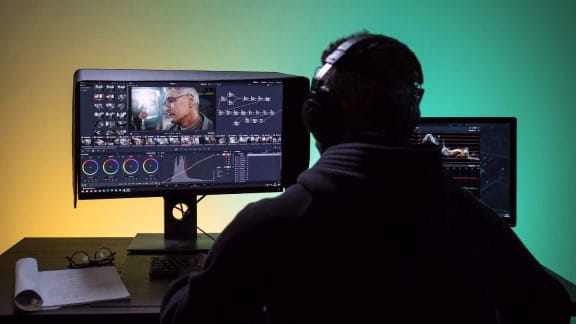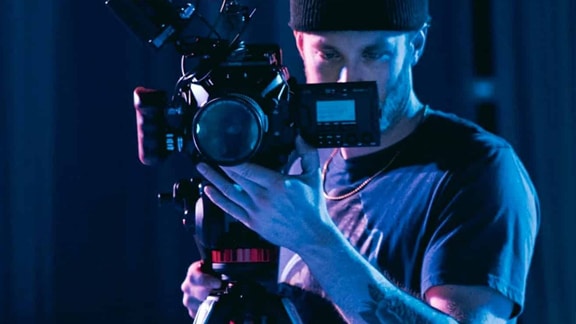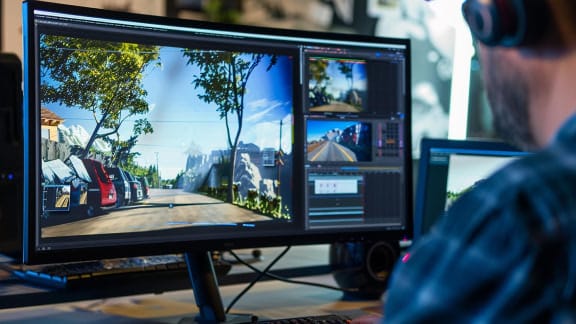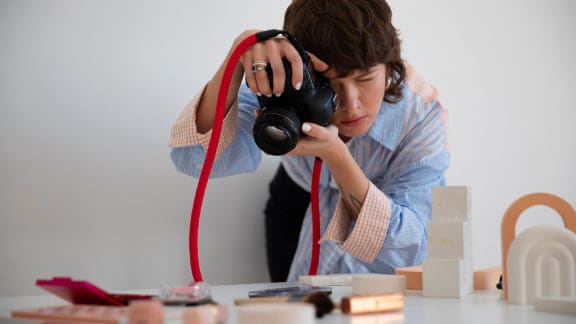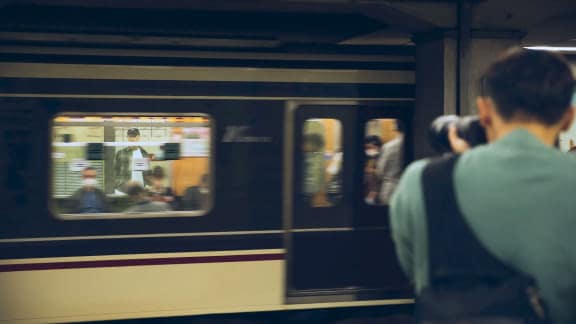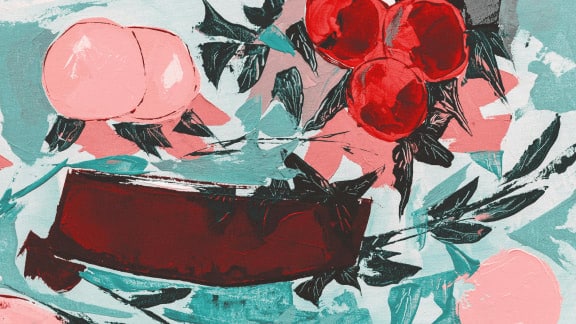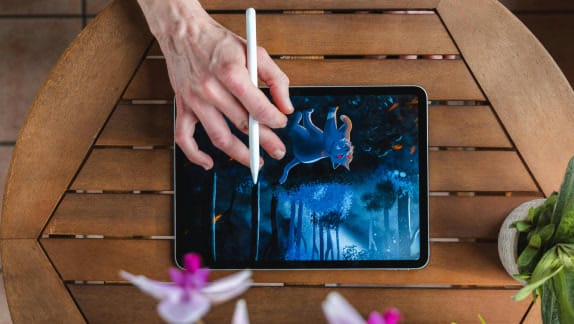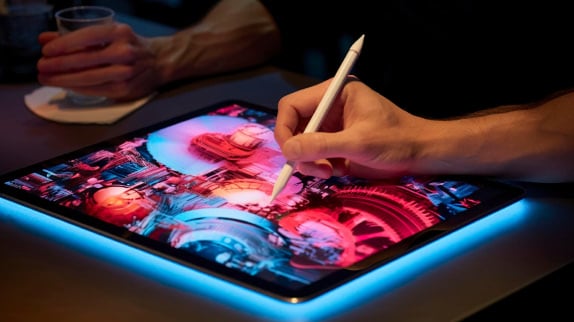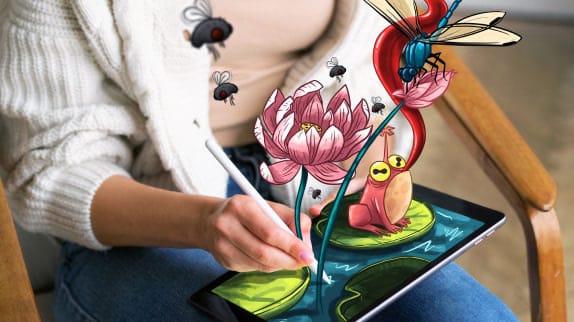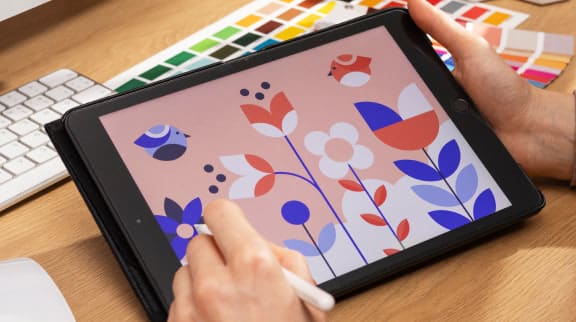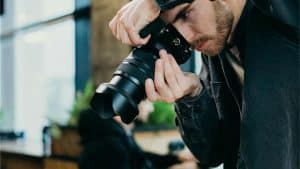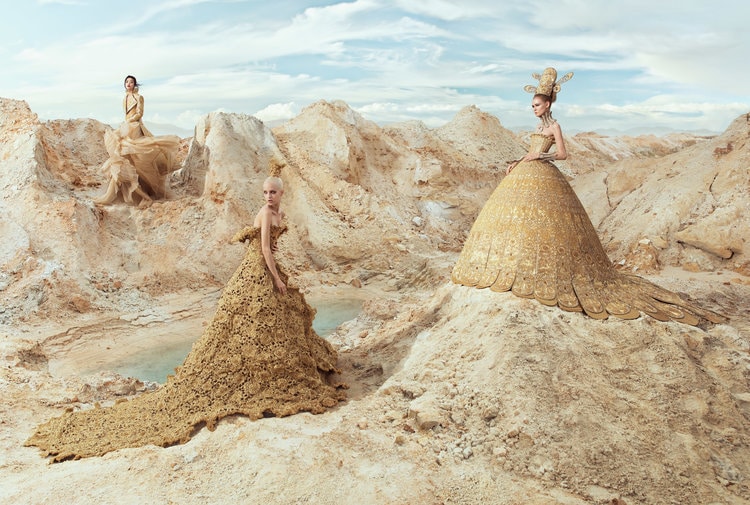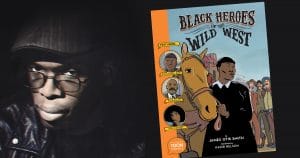20 Most Important Photographers to Study to Improve Your Art
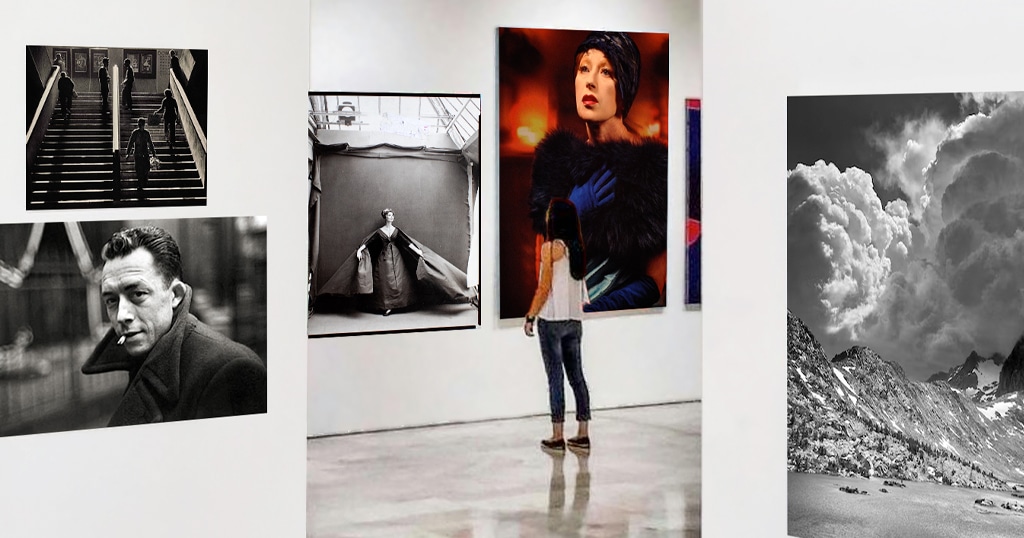
Photography is a conversation between generations. Studying the greats—both classic and contemporary—sharpens your eye and fuels your creativity. Whether you’re into street photography or landscapes that hit like an Ansel Adams shot, this list will guide you through the photographers every serious student should know.
Maybe you want to capture the perfect street moment or master light in landscapes. Whatever your goal, these photographers can teach you more than technique. Study their methods and let them push you to create images that leave a lasting impact.
IN THIS GUIDE:
In Brief: The Most Important Photographers
The Masters: Foundational Photographers to Know
Contemporary Innovators: Photographers Pushing Boundaries
Niche Masters: Photographers for Specific Interests
How to Choose the Right Photographers to Study
In Brief: The Most Important Photographers to Study
| Photographer | Genre | Why Study Them? |
| Ansel Adams | Landscape | Master of composition, light, and technical precision |
| Henri Cartier-Bresson | Street Photography | Coined “The Decisive Moment,” capturing life in motion |
| Dorothea Lange | Documentary | Iconic Depression-era storytelling through imagery |
| Richard Avedon | Fashion/Portraiture | Redefined fashion photography and raw portraiture |
| Alfred Stieglitz | Fine Art | Pushed photography as a legitimate art form |
| Diane Arbus | Portraiture | Revealed beauty in unconventional subjects |
| Sebastião Salgado | Social Documentary | Global storytelling through breathtaking black-and-white images |
| Cindy Sherman | Conceptual | Used self-portraiture to challenge identity norms |
| Steve McCurry | Cultural Photography | Vivid storytelling through rich color photography |
| Gordon Parks | Photojournalism | Chronicled civil rights and social injustice with cinematic impact |
| Nadia Lee Cohen | Portrait/Fashion | Bold, surreal, highly stylized visual narratives |
| Alex Stoddard | Conceptual | Dreamlike, surreal self-portraits with deep storytelling |
| Alan Schaller | Monochrome | High-contrast, dramatic black-and-white urban photography |
| Laura Zalenga | Conceptual | Explores personal identity through haunting, poetic imagery |
| Petra Collins | Fashion/Youth Culture | Fresh take on femininity, color, and nostalgia |
| Fan Ho | Street Photography | Poetic and cinematic images that elevate composition and mood |
| Brooke Shaden | Fine Art/Surrealism | Painterly, emotional self-portraits using rich texture and moody lighting |
| Nick Brandt | Wildlife/Environmental | Evokes empathy through striking, message-driven animal portraits |
| Vivian Maier | Street Photography | Candid, everyday moments that reveal human depth and perspective |
| Erik Johansson | Conceptual/Surrealist | Transforms photography into imaginative, mind-bending visual art |
A photography degree can help you narrow down the Ansel-Adams sized deluge of learning materials out there. Learn more in our article: Is a Photography Degree Worth It?
The Masters: Foundational Photographers to Know
Dorothea Lange’s iconic photo Migrant Mother almost didn’t happen. She drove past the camp, then turned back. One decision. One frame. History made. Below, explore the photographers whose work shaped visual storytelling forever.
Ansel Adams

Source: Anseladams.com
Ansel Adams’ landscapes are both precise and emotional. His work can teach you the power of patience, composition, and light. Moonrise, Hernandez, New Mexico is a masterclass in exposure and timing. His Zone System upended tonal control, making him essential for mastering black-and-white photography.
Henri Cartier-Bresson
The father of street photography. His work shows that the best images happen in milliseconds—if you’re ready. Behind the Gare Saint-Lazare captures geometry and spontaneity in a single frame. Cartier-Bresson co-founded Magnum Photos and set the gold standard for photojournalism.
Dorothea Lange
She turned photojournalism into art. Her Migrant Mother and other Great Depression images are masterclasses in emotion and storytelling. As a Farm Security Administration photographer, she documented the struggles of displaced farmers. Lange’s work helped to shape documentary photography’s role in social justice.
Richard Avedon
High fashion, raw portraits, and undeniable presence. Avedon’s stark, revealing In the American West series redefined portraiture. His work for Harper’s Bazaar and Vogue changed fashion photography. It added movement and personality to an otherwise rigid genre.
Alfred Stieglitz

Source: smarthistory.org
Without Stieglitz, photography might still be considered a hobby. He fought to establish it as fine art. His portrait series of Georgia O’Keeffe broke boundaries. His gallery, 291, introduced modernist photography to the art world.
Are you using Behance yet, or Viewbug? You should. See our article on the Top Online Photography Platforms for Students and Professionals.
Diane Arbus
She saw the extraordinary in everyday people. Her images challenge what portrait photography can be, as seen in Child with a Toy Hand Grenade. Diane Arbus’ work with marginalized communities expanded the conversation around beauty, identity, and societal norms.
Sebastião Salgado
His black-and-white storytelling is unmatched. Workers and Genesis make global struggles personal through breathtaking visuals. Salgado’s dedication to long-term projects and humanitarian causes adds depth. It pushes his work beyond photography and into activism.
Cindy Sherman
Master of self-reinvention, Sherman’s conceptual work bends identity and narrative in new directions. Untitled Film Stills critiques gender and media representation. Her theatrical, chameleon-like transformations explore the construct of identity in society.
Steve McCurry
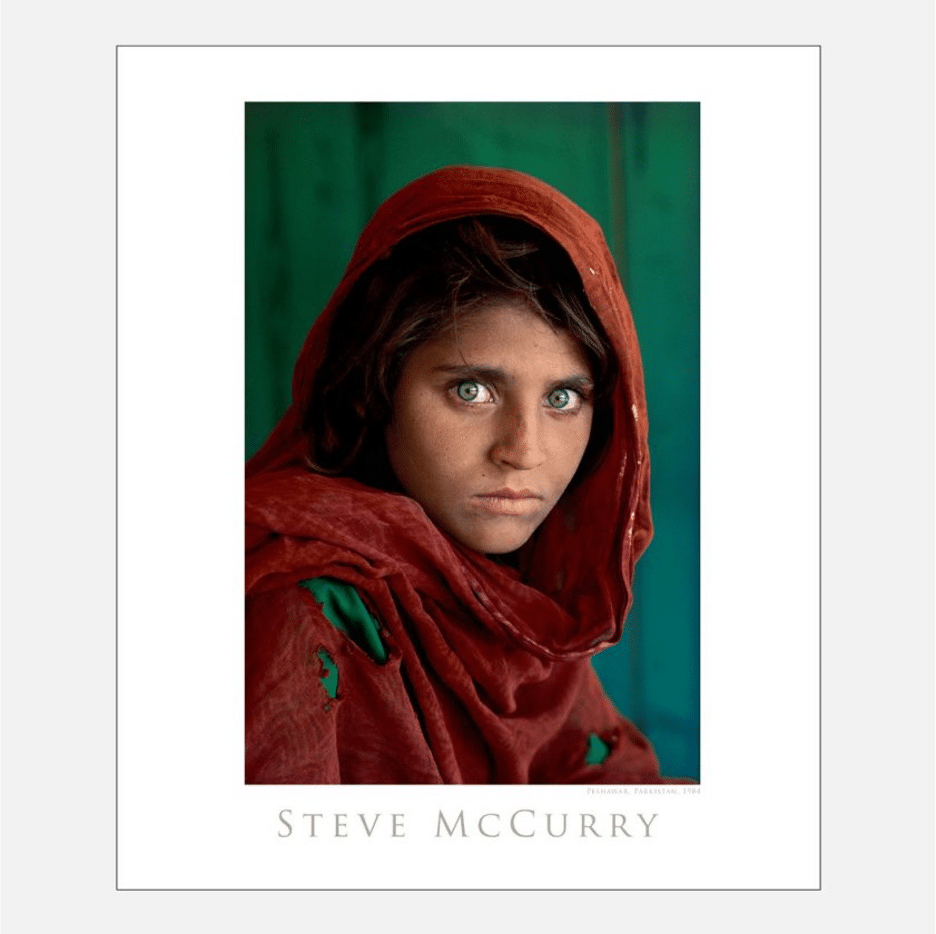
Source: stevemccurry.com
McCurry is the man behind Afghan Girl. His vibrant colors and human storytelling make him a paragon of cultural photography. He captures depth in a way that made him one of the most recognized documentary photographers of modern times.
Gordon Parks
Parks is another activist photographer. His images of racial injustice, poverty, and resilience, like American Gothic, hit harder than words ever could. As Life magazine’s first Black photographer, he changed the landscape of American visual storytelling.
Contemporary Innovators: Photographers Pushing Boundaries
Nadia Lee Cohen
Nadia Lee Cohen’s dreamlike imagery feels pulled from a surreal movie. She’s just one of today’s photographers redefining visual storytelling. These artists push photography in bold, unexpected directions.Her images look like lost frames from a cult film. She plays with nostalgia, surrealism, and celebrity culture, seen in Women. Cohen’s use of cinematic lighting and exaggerated styling blurs the line between art and commerce.
Alex Stoddard
Stoddard’s work is creative and surreal, like walking through a waking dream. His narrative-driven compositions make everyday settings look otherworldly. This photographer expands the possibilities of self-portraiture.
Alan Schaller
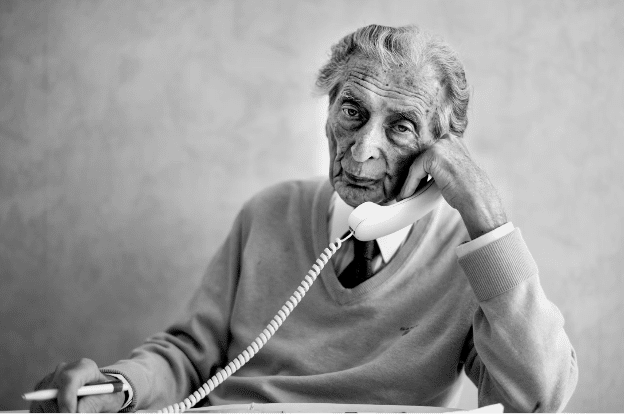
Source: alanschaller.com
Schaller’s images are high-contrast and dramatic. His striking lighting turns everyday street scenes into cinematic experiences. He uses black-and-white photography to great effect, to make the mundane look extraordinary.
Most of these photographers to study worked a lot of their magic in post. See tips in our article on How to Become a Photographer.
Laura Zalenga
Laura Zalenga’s work feels like poetry in picture form. It often uses soft light and storytelling to explore identity. Her visual narratives use nature as a backdrop to create an ethereal, introspective atmosphere.
Petra Collins
The color-soaked images in Collins’ work redefine modern fashion culture. She blends femininity and nostalgia to create a dreamy look. Her use of soft-focus aesthetics and natural lighting give her work a hyper-real, diary-like feel.
Niche Masters: Photographers for Specific Interests
Fan Ho
Fan Ho’s Hong Kong shots turn bustling streets into cinematic stills. These photographers have unique styles that break new ground in visual storytelling.
A legend of Hong Kong street photography, Fan Ho captured poetic, cinematic images of mid-century urban life. His mastery of light and shadow, as seen in Approaching Shadow, turned busy streets into quiet, reflective moments. His work is essential for studying composition and storytelling in street photography.
Brooke Shaden
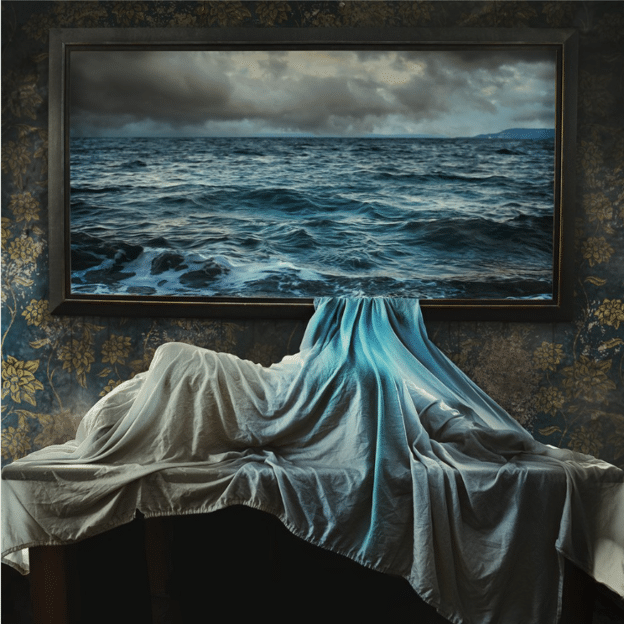
Source: brookeshaden.com
Brooke Shaden blends fine art and surrealism. Her painterly self-portraits feel like they belong in a gothic novel. Conceptual photographers looking to create emotionally charged images should study her use of rich textures and moody lighting.
Nick Brandt
Nick Brandt’s wildlife photography carries an environmental message. His portraits of African elephants and other sub-Saharan animals give them an almost human feel. Brandt’s mostly black-and-white photos point out the devastating impact people can have on nature.
Vivian Maier
A nanny by profession, Vivian Maier’s street photography wasn’t discovered until after her death. Her work is filled with candid moments of 20th-century America. It brings what Robert Henri called “the art spirit” to everyday life. Maier is a perfect study in framing and capturing life as it happens.
Erik Johansson
Erik Johansson is a digital surrealist. He uses Photoshop to bend his photos into impossible scenes. In his work, you might find roads peeling up from the ground or houses floating into the sky. He shows how we can use photography as a launchpad for imagination.
How to Choose the Right Photographers to Study
Photography is equal parts personal vision and technique. Choosing the right photographer to study depends on what resonates with you. You might prefer to work in emotion or storytelling, technique or spontaneity. Looking at a variety of perspectives sharpens your own.
- Follow your interests: If you love street photography, start with Cartier-Bresson or Meyerowitz.
- Balance old and new: Classic photographers teach fundamentals; contemporary ones push boundaries.
- Analyze their work: Break down their techniques. How do they use lighting or composition.
- Experiment: Take what you learn and apply it to your own style.
Conclusion
Studying great photographers isn’t imitation. It’s a way to unlock your own vision. Whether you’re drawn to Cartier-Bresson’s quick reflexes or Salgado’s storytelling, each of these photographers can teach you something. Choose your favorite and let their work shape yours—but never replace it.
Want to take your skills further? Check out the Sessions College class: Late 20th Century Photography to Today and other online photography classes to start developing your own iconic style.

Tom Gerencer writes and edits in the fields of education, design, science, tech, business, healthcare, and the outdoors. He has written over 1,500 high-traffic articles, web pages, and ebooks with more than 70 million readers worldwide. Read more articles by Tom.
ENROLL IN AN ONLINE PROGRAM AT SESSIONS COLLEGE:
